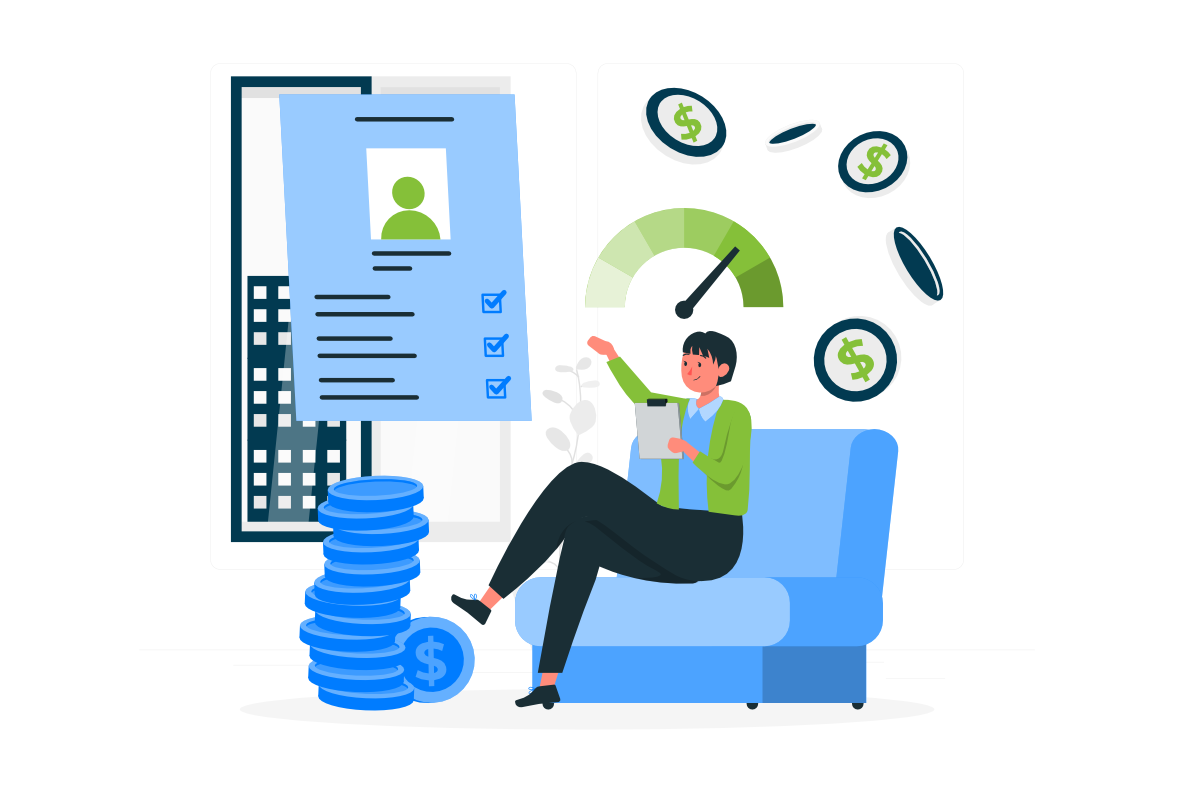Your CIBIL score is the most important element that lenders consider before approving your loan application. A credit score of 700 or above is considered to be good. So, make sure to get your CIBIL credit report from your bank or you can apply to the official website of CIBIL.
A CIBIL report is detailed information of your credit history maintained by Credit Information Bureau Limited. CIBIL is responsible for maintaining all financial activities of every individual and company.
A CIBIL report plays a very important role when it comes to borrowing loans or credits. It depicts all of your credit history including old credit card payments, loan EMIs, credit limit, and payment history.
Also read: How to improve a good CIBIL credit score
A credit report contains all the information about borrowed loans, credit cards, repayment, and EMI payment history. Based on this information, CIBIL determines how capable you’re of taking loans. Once you have your CIBIL report, you must know how to read and interpret your credit report.
Inside View of CIBIL Report
A CIBIL report contains six main sections: Credit score, personal information, contact information, employment information, account information, and inquiry information. Let’s take a detailed view of knowing each section in the CIBIL report:
CIBIL Score: The very first thing is mentioned is your CIBIL score. As you already know that CIBIL score is a three-digit numerical that is calculated based on your credit behavior. It ranges between 300 to 900. It depicts how credit-worthy you’re as a borrower. A credit score of 700 and above is considered as good. If your score is above 700 then there are higher chances that the bank will consider you to borrow a loan or credit card.
Personal information: This section contains all of your personal information including name, date of birth, gender, mobile number, PAN card details, voter ID, and other details. This information is collected by CIBIL to prove how accurate and genuine you’re.
Contact information: In the third column, you’ll see another section mentioning the contact information of an individual. It consists of your addresses, telephone number, permanent address, or current address. This information is collected by lenders which are again captured to check the accurate identity of the person.
Employment information: This section contains contains the information on jobs and past companies, annual and monthly income details. It also checks the frequency of job change from one place to another. If the frequency is high, there are fewer chances that the lender would approve your loan.
Account information: This section plays a very important aspect in the CIBIL report is it is all about the records of your credit card statements, outstanding dues details, past or current loans history. It also consists of information related to the repayment history, or how frequent you’re paying EMIs, bank account details. This information is very important as it helps them to understand your credit health and worthiness.
Inquiry information: This is the last section of the CIBIL report. It consists of all information on inquiries made by lenders or banks. When you borrow a loan or credit card, the lender would send an inquiry to CIBIL about your credit behavior. So, these inquiries are entered in the CIBIL report. Each inquiry includes the lender’s name, date of application, type of loan you applied for, and the amount of loan.
So, to maintain a healthy and good credit score, make you keep an eye on your CIBIL report regularly. Having a good score would be easier for you to apply for loans or credit cards. It’s important to check your CIBIL report, identify unsolved errors, and rectify them. Moreover, keep track of repayment and credit behavior.




